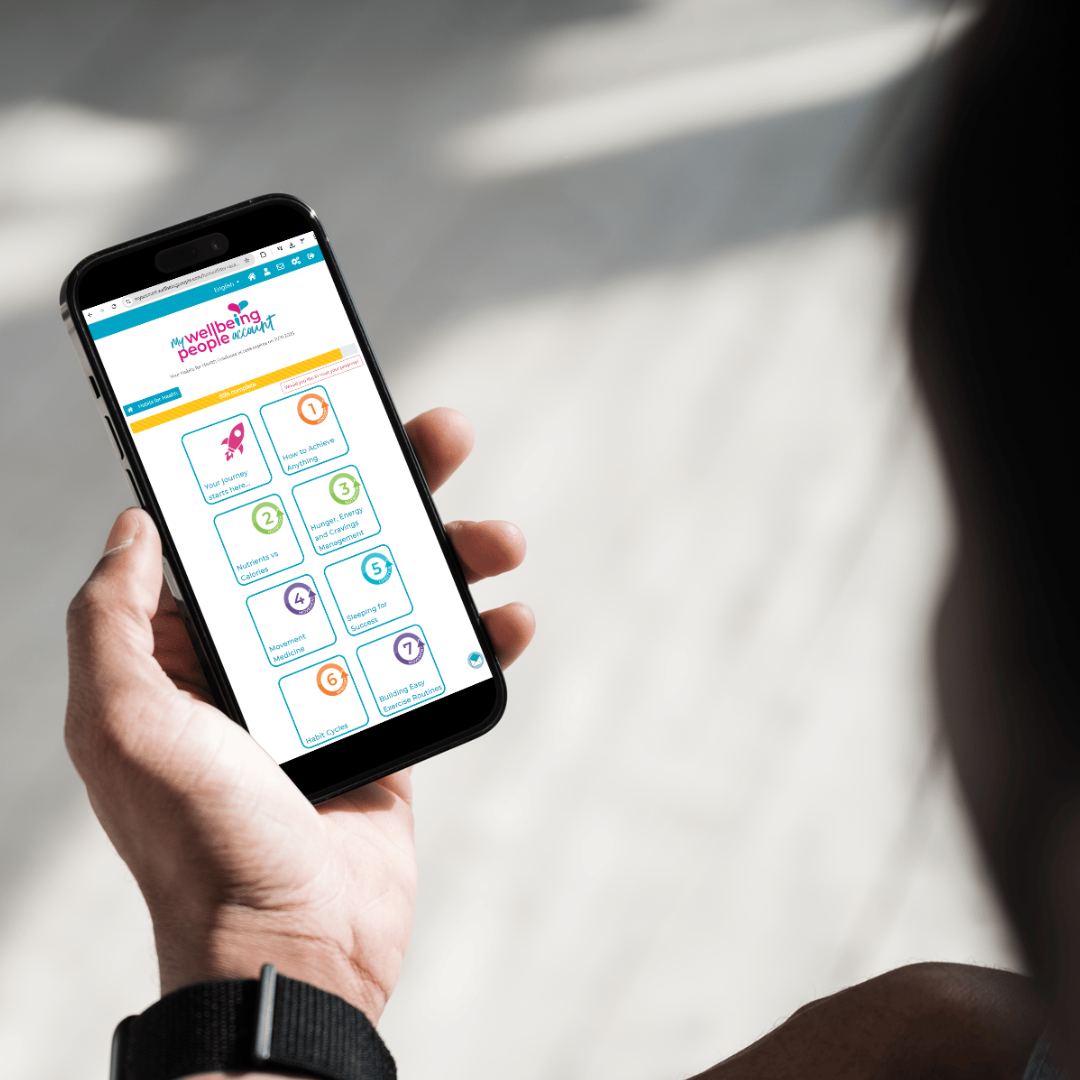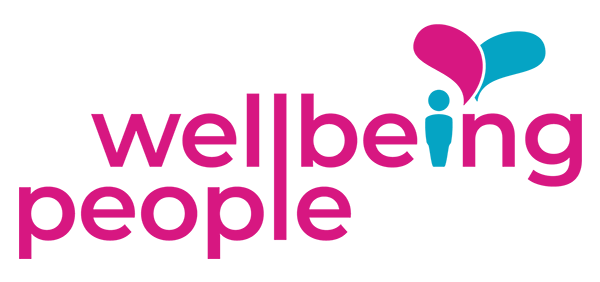As we approach 2025, the landscape of workplace wellbeing is evolving faster than ever. In this article, we explore key workplace wellbeing trends for 2025, backed by recent research, and offer practical insights for organisations to foster a healthier and more productive work environment. From technological innovations to shifts in organisational culture, employers are rethinking how they approach employee wellbeing. The pandemic-era changes have sparked deeper interest in mental health, flexibility, and holistic wellbeing.
5 workplace wellbeing trends for 2025
1. Mental health as a central pillar
Mental health support has moved from a "nice-to-have" to an essential component of workplace wellbeing strategies. The World Health Organisation reports that mental health issues cost the global economy $1 trillion annually due to lost productivity. In 2025, expect mental health initiatives to become even more integrated into company cultures, not just in reactive ways (like Employee Assistance Programs) but proactive measures.
Key Trends:
- On-demand counseling services through digital platforms.
- Mental health days formally integrated into paid leave policies.
- Training for managers to recognise early signs of mental health struggles and offer support.
- Resilience support programmes for employees to address core issues that affect their mental health - low energy, burnout, stress, and low mood.
A study by Deloitte found that for every dollar spent on mental health interventions, employers see a return of $4 in reduced absenteeism, presenteeism, and turnover. This return on investment (ROI) will further encourage companies to prioritise and support mental health within their workplaces.
2. Hybrid and remote work flexibility
Remote work exploded during the COVID-19 pandemic, and while some employers have attempted to pull employees back to the office, many workers now expect flexibility as the norm. A 2022 McKinsey survey showed that 87% of workers who were offered remote work options took them, and as a result, hybrid models are becoming a permanent fixture of workplace structure.
In 2025, flexibility will extend beyond just location, it will also include time flexibility. Research from the International Labour Organisation (ILO) highlights that flexible hours contribute to better work-life balance and overall job satisfaction .
Key Trends:
- Four-day workweeks are gaining traction, following successful trials in companies across Europe, particularly in the UK, where studies have shown reduced burnout and increased productivity.
- Flexible workspaces where employees can choose between home, co-working spaces, or the office, depending on what suits them individually.
3. Data driven wellbeing programmes
Personalisation is the future of workplace wellbeing and sees organisations using data-driven approaches to create bespoke wellbeing programmes tailored to individual employee needs. This could include everything from personalised fitness plans to financial wellbeing programmes that address unique life circumstances.
A study by the Society for Human Resource Management (SHRM) in 2023 found that companies are increasingly using data analytics to track the effectiveness of their wellbeing programmes.
And what's more is that Harvard Business Review in 2023 found that companies with comprehensive wellbeing programmes experience higher employee satisfaction, lower turnover, and improved productivity.
Key Trends:
- Holistic approach: Organisations are adopting a holistic approach to wellbeing, addressing and encompassing physical, mental, emotional, and financial health through various wellbeing initiatives.
- Measuring the impact: Organisations are leveraging data to measure the impact of their wellbeing initiatives, identify areas for improvement, and make informed decisions. This includes collecting data on employee engagement, absenteeism, and productivity metrics.
4. Inclusive wellbeing initiatives
Diversity, equity, and inclusion (DEI) are increasingly being integrated into wellbeing strategies. Research shows that marginalised groups often face unique mental health challenges at work, including microaggressions and feelings of isolation . In 2025, inclusive wellbeing programmes will take center stage, ensuring all employees, regardless of background, feel supported.
This will involve designing programmes that take into account gender, race, neurodiversity, and other factors that impact an individual’s experience in the workplace. A study by McKinsey & Company in 2024 found that companies with diverse and inclusive workforces are more likely to outperform their peers in terms of financial performance and innovation.
Key Trends:
- DEI-focused mental health initiatives to support employees from underrepresented groups.
- Neurodiversity-friendly environments, with tailored workspaces and flexible policies for neurodiverse employees.
- Culturally sensitive wellbeing programmes that reflect the diverse backgrounds and needs of global teams.
5. Focus on burnout prevention
Burnout remains a significant issue across industries. A Gallup study from 2023 found that 44% of employees reported feeling burned out at work at least some of the time . As a response, burnout prevention strategies are becoming more comprehensive, addressing both individual and organisational factors.
Employers will invest in creating healthier work environments through workload management, clear boundaries between work and personal life, and psychological safety - where employees feel safe to speak up about their struggles.
Key Trends:
- Resilience workshops and webinars aimed at helping workers develop coping strategies and managing expectations.
- Redesigning roles or adjusting workloads to prevent chronic stress and overload.
HABITS FOR HEALTH
Instrically linking the four pillars of wellbeing to bring outstanding outcomes - meets people where they are at and gets them to where they want to be - feeling the best!
implementing key workplace wellbeing trends
To effectively implement these key workplace wellbeing trends into your wellbeing strategy, it’s essential to take a holistic and structured approach.
Assess the unique needs of your workforce through surveys or focus groups, ensuring that your wellbeing initiatives are relevant and inclusive.
Embed proactive resources such as employee wellbeing programmes, health screening and manager training into your company culture.
Foster a culture of open communication to prevent burnout by encouraging workload balance and psychological safety.
Integrate DEI into wellbeing by incorporating initiatives that are sensitive to the diverse backgrounds and needs of all employees.
And remember, to ensure sustainability, continuously measure the impact of wellbeing initiatives through employee feedback and adjust your strategy accordingly.

Workplace wellbeing trends, a more holistic approach
Workplace wellbeing is becoming more holistic, personalised, and inclusive. Employers who stay ahead of these trends will not only foster healthier, more engaged workforces but will also see tangible benefits in terms of productivity, retention, and employee satisfaction. By investing in mental health, flexibility, and inclusivity, businesses will create environments where employees can flourish.
References and further reading
World Health Organization. (2022). "Mental health in the workplace: A guide."
Deloitte Insights. (2023). "Mental health and employer ROI: A case for investment."
McKinsey & Company. (2022). "The future of work after COVID-19."
International Labour Organization (ILO). (2021). "Flexible working arrangements: A guide."
PwC. (2023). "Financial Wellness Survey."
Gallup. (2023). "The state of the global workplace."
